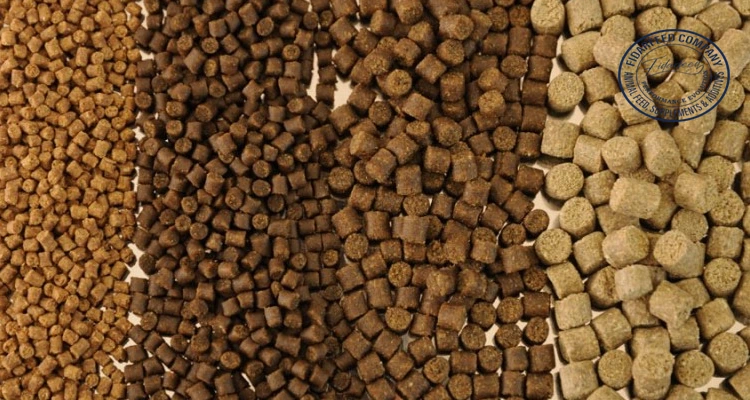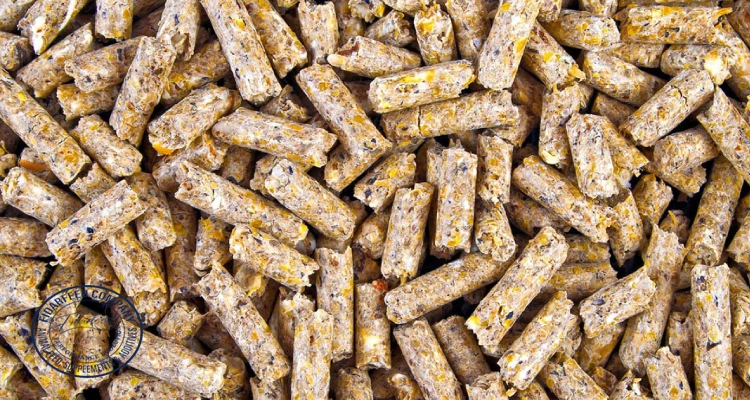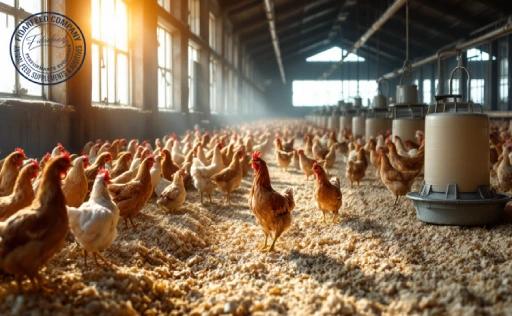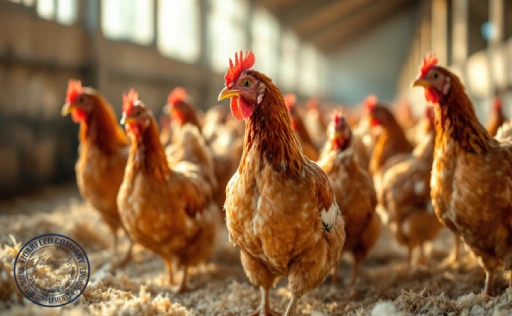
Daily Feed Prices for Livestock, Poultry & Aquaculture aren’t just numbers on a market chart. For every breeder, farmer, and feed supplier, these prices influence critical daily decisions. Whether you’re raising chickens in your backyard, running a commercial fish farm, or managing a mixed livestock operation, the balance between feed cost and feed quality directly impacts animal health, productivity, and profits. In this article, we break down what you need to know about this crucial topic, with a clear focus on how to navigate feed costs without compromising on quality. Let’s dive in.
Why Daily Feed Prices Matter for Animal Health and Profit
Fluctuating feed prices can be frustrating, especially when margins are already tight. A slight rise in the cost of soybean meal or fishmeal can ripple across your entire operation. Feed often makes up 60-70% of the total production cost in livestock and aquaculture. When prices rise, it becomes tempting to cut corners. But doing so may affect growth rates, immunity, or reproduction.
Learn more about: TMR Silage Animal Feed
Let’s say you operate a small poultry farm. If corn prices spike, and you switch to a cheaper filler-based feed, you might see slower weight gain and higher mortality. That impacts not just animal welfare but your wallet. The price of feed is more than a financial figure; it’s a core driver of animal performance.
Low-Cost Feed: The Hidden Risk to Livestock and Fish Farms
It might seem wise to grab the cheapest bag on the shelf, but low-quality feed often hides long-term costs. These feeds may contain imbalanced nutrients, poor-quality ingredients, or even harmful contaminants. According to a 2023 study published in Animal Feed Science and Technology, flocks given substandard feed had a 12% higher incidence of disease and a 9% drop in feed conversion efficiency.
This means more money spent on veterinary care, more feed needed per unit of weight gain, and possibly more losses. What looks cheaper today can bleed your operation dry over time. Investing in quality feed is like preventive medicine: it pays off.

High-Quality Feed Explained: What the Extra Cost Covers
Premium feed costs more upfront, but what’s behind the price tag? High-quality feed blends are backed by nutritional science and made with digestible, high-energy ingredients. They’re fortified with vitamins, minerals, amino acids, and sometimes probiotics or enzymes that enhance gut health and nutrient absorption.
Learn more about: Your Essential Checklist When Selecting Bulk Animal Feed Suppliers
For instance, if you’re raising tilapia, a high-quality pellet might contain stabilized fish oil and plant proteins that boost growth and improve fillet quality. This leads to faster harvest cycles, better market prices, and healthier animals overall. When comparing options, consider not just price per bag but cost per kilo of live weight gained.
Where to Track Daily Feed Prices for Livestock and Aquaculture
To make informed feed-buying decisions, you need up-to-date pricing information. Several trusted resources can help:
- Local feed mill bulletins and co-op reports
- Government agricultural price dashboards
- Mobile apps like FeedPrice and AgriMarket
- Industry newsletters and forums
Learn more about: biotechnology in animal feeds and animal feeding
Subscribing to these sources helps you spot trends early and plan purchases ahead of time. For example, if you know soybean meal prices typically drop after harvest in your region, you can bulk-buy and store feed safely for later use.

Livestock Feed Pricing Trends: What Breeders Should Watch in 2025
Looking ahead, several trends may influence feed pricing:
- Climate change: Extreme weather is already disrupting grain harvests and supply chains.
- Geopolitical tensions: Conflicts in export-heavy regions can reduce availability and drive up prices.
- Shift to sustainable ingredients: Demand for alternative proteins (e.g., insect meal, algae) may affect pricing dynamics.
Learn more about: Meat Meal in Animal Feed: What It Is, How It’s Made, and Why It Matters
Staying informed about these broader market movements allows you to adapt early. Strategic buying, feed ration planning, and considering local ingredient alternatives could help manage cost spikes in 2025.
Balancing Cost and Quality: Smart Feed Buying Strategies
So, how do you balance quality with cost? Here are a few smart strategies:
- Bulk buying during low-price seasons
- Partnering with nearby breeders to split bulk orders
- Using performance-based feeding plans: Feed only as much as needed per growth stage
- Incorporating local byproducts like rice bran, molasses, or brewers’ grains, if tested and safe
Make sure any cost-saving approach is tested against animal performance. Keep detailed records to track what’s working and what’s not.

Case Study: Comparing Two Farms — One Focused on Cost, the Other on Quality
In 2024, two poultry farms in central Kenya were observed over six months. Farm A used low-cost, unbranded feed, while Farm B used a slightly more expensive, scientifically balanced brand. Farm B saw 15% faster weight gain, 20% lower mortality, and 18% higher profit per batch despite the higher upfront cost.
Learn more about: Top Bentonite Manufacturers for Animal Feed: What to Look For
The takeaway? A focus on quality yields better long-term outcomes, even for smallholder farms.
Reducing Aquaculture Feed Prices Without Reducing Quality
Aquaculture has unique feed challenges. Fish and shrimp require high-protein diets, often derived from expensive marine sources. To control costs:
- Use feed conversion ratios (FCR) to measure efficiency
- Rotate feed types across growth phases
- Consider formulated feeds with plant-based proteins
Learn more about: How to Spot Reliable Animal Feed Manufacturers
Also, proper water quality management can reduce stress and enhance feed utilization, maximizing every gram.

Negotiating Daily Feed Prices: Tips for Livestock and Fish Farmers
Strong relationships with suppliers can unlock better deals. Be open, consistent, and transparent. Ask about loyalty discounts, seasonal promotions, or credit terms. If you can commit to regular purchases, some vendors offer price locks or bulk-buy incentives.
Learn more about: Premium Animal Feed Wholesale: Top Quality for Professional Breeders
Build trust by sharing your farm’s growth goals, asking for nutritional advice, and giving feedback on product performance.
Choosing the Right Feed Strategy: Quality, Cost & Long-Term Gains
Navigating the world of daily feed prices for livestock, poultry & aquaculture doesn’t have to be overwhelming. By understanding the real value behind feed quality and staying alert to market changes, you can make better, more profitable decisions.
Choose quality where it counts, track prices consistently, and never stop learning from others in the field. Your animals’ health and your business success depend on it.
Have thoughts or tips to share? Drop a comment below or reach out with your experience. Let’s grow together, one smart feed choice at a time.



